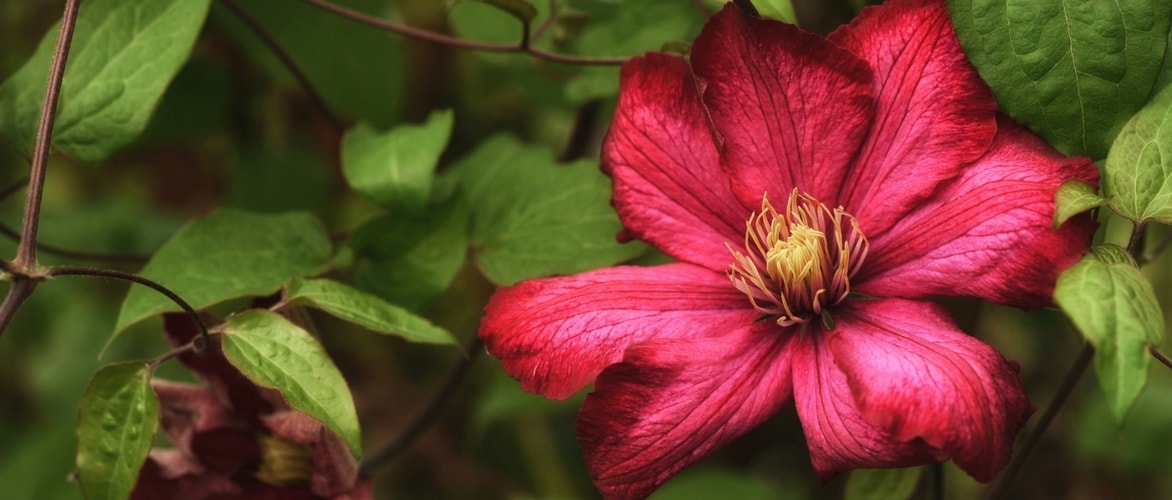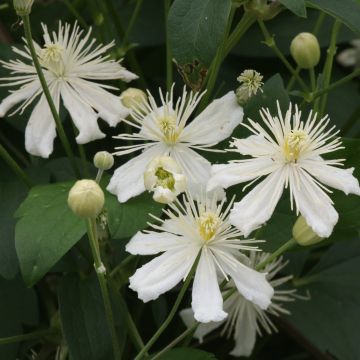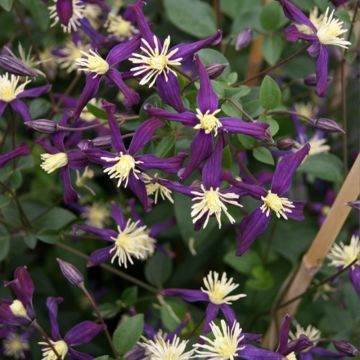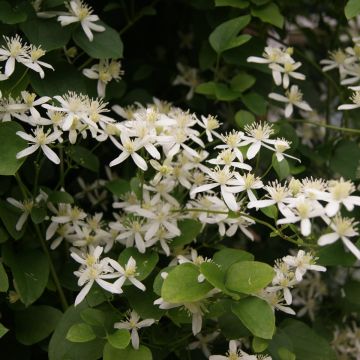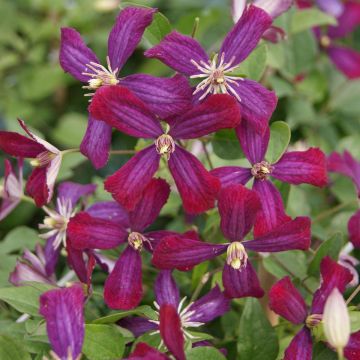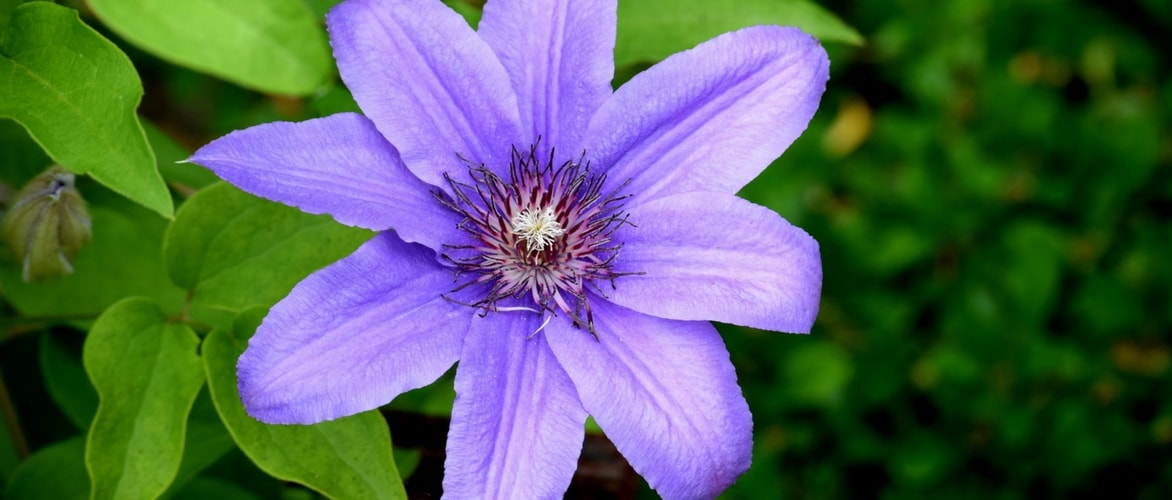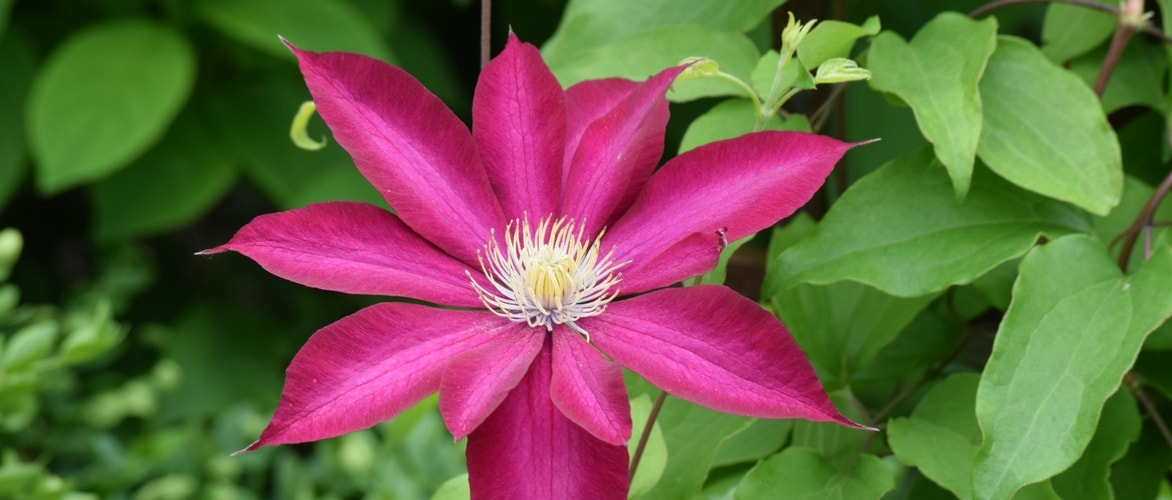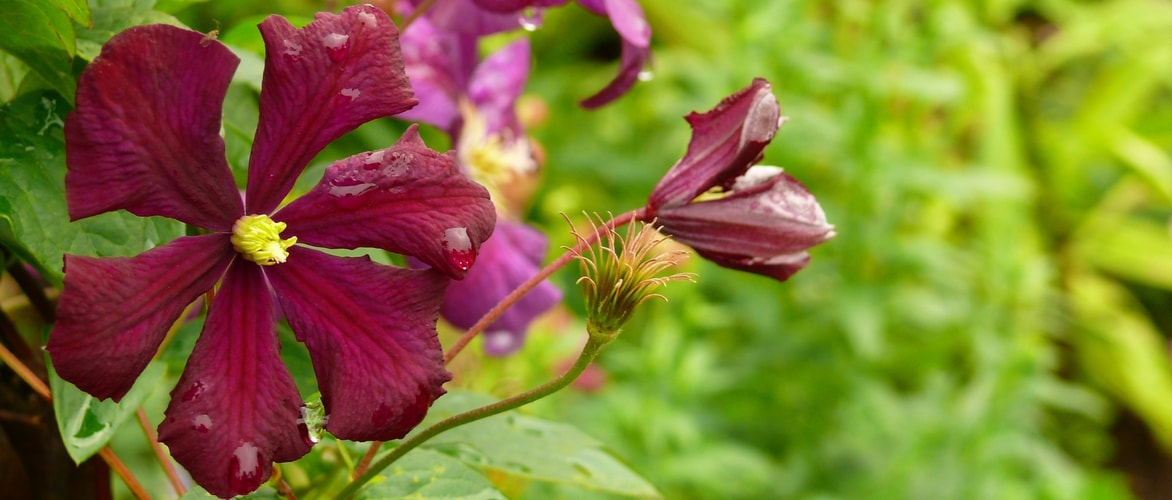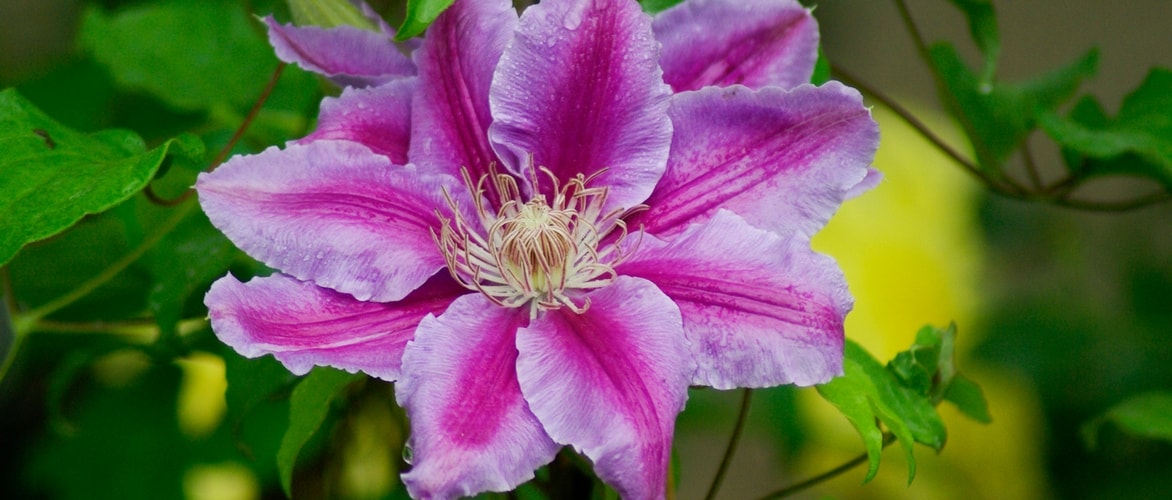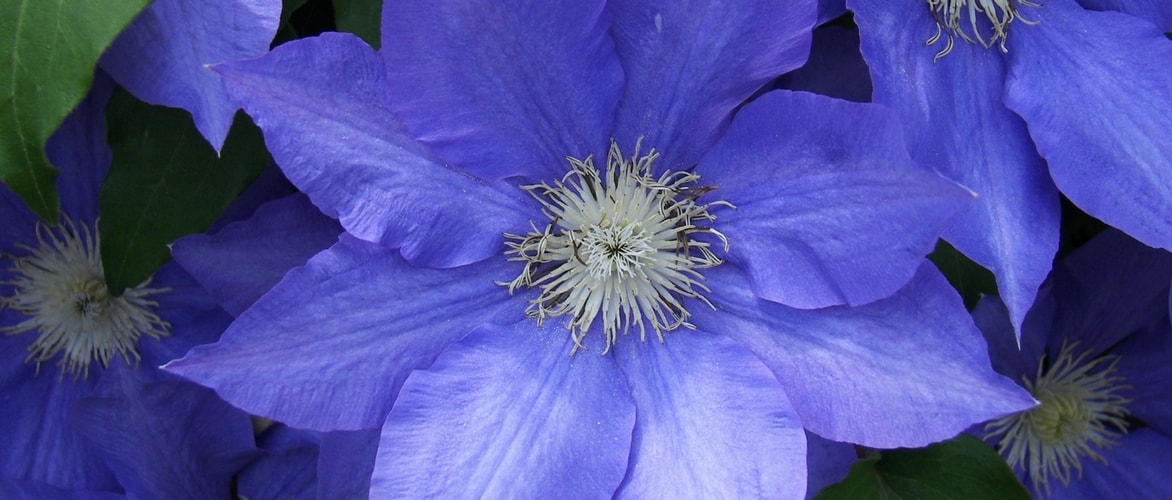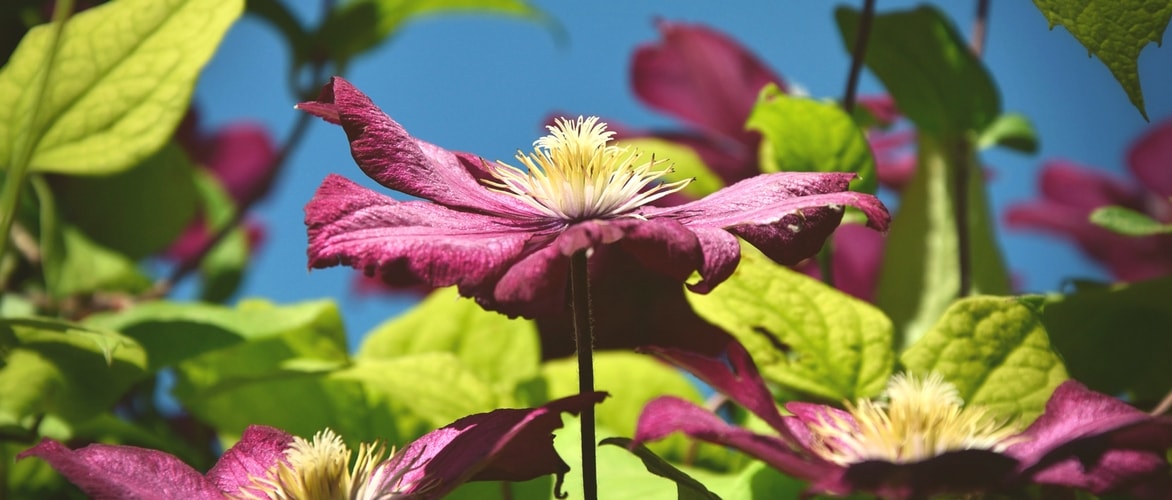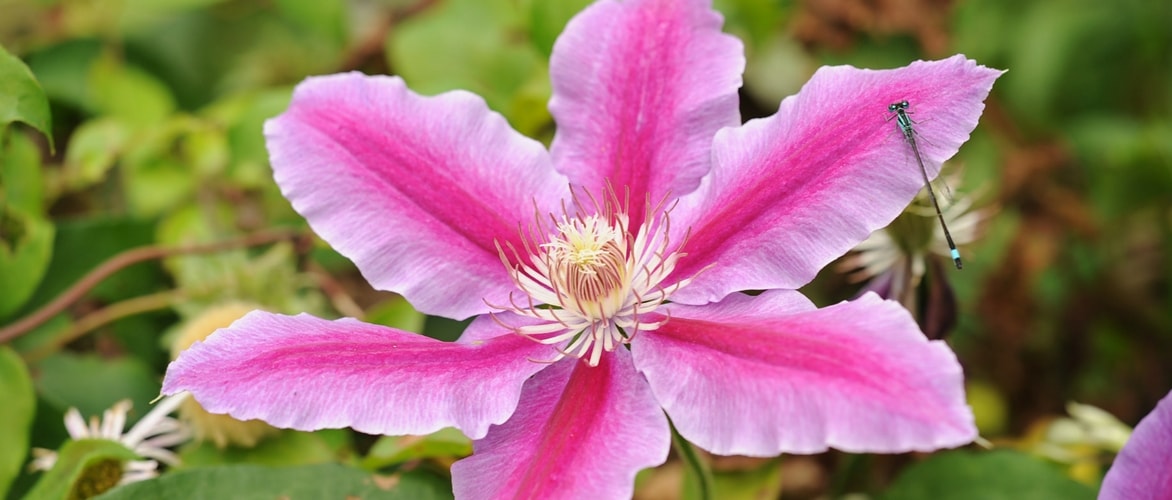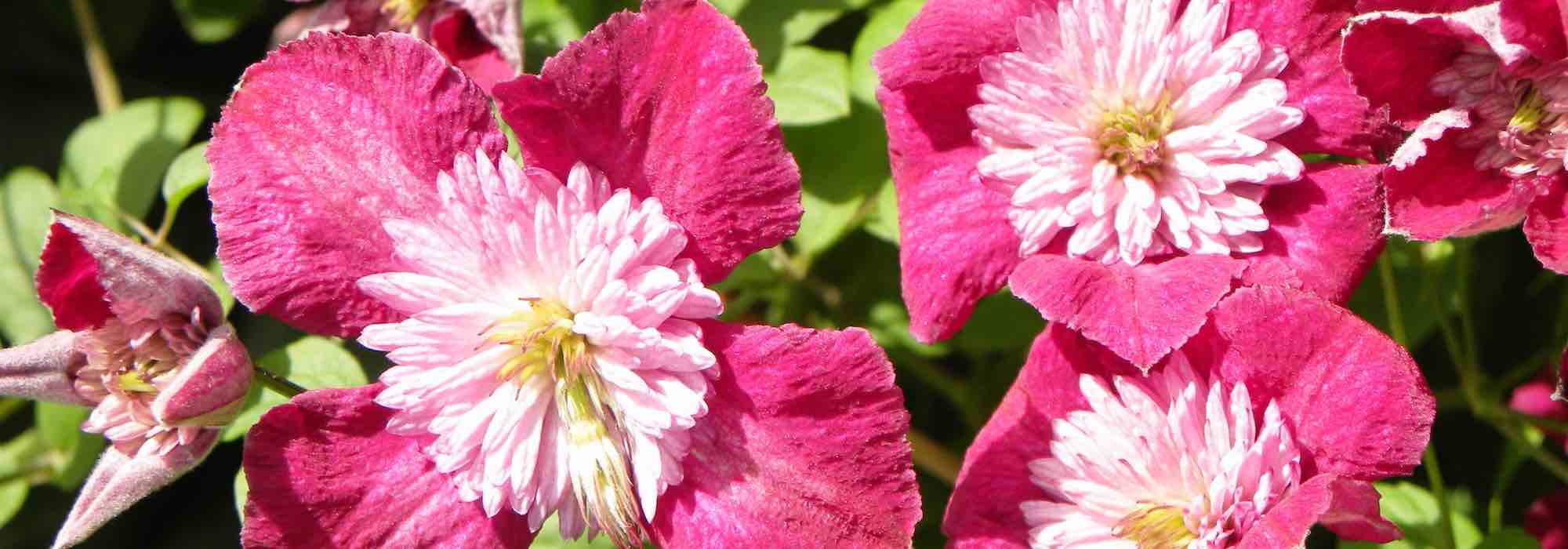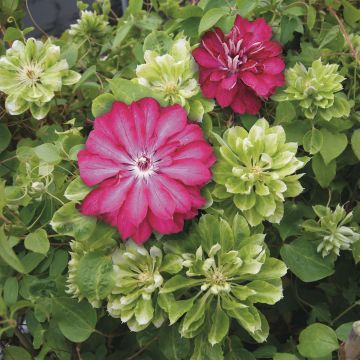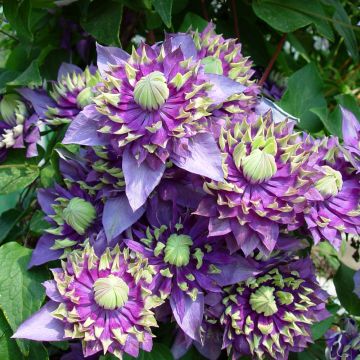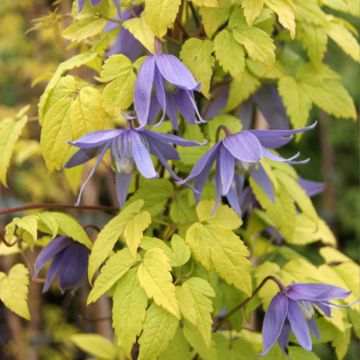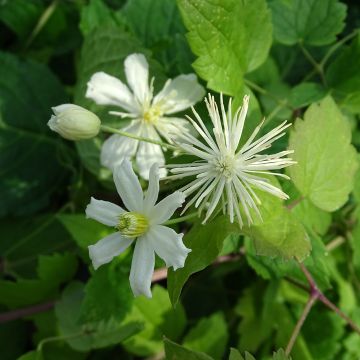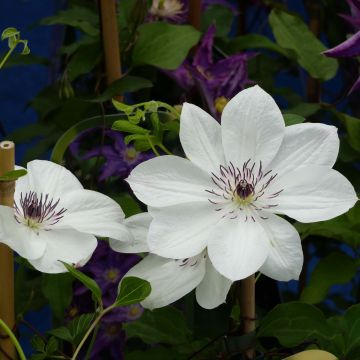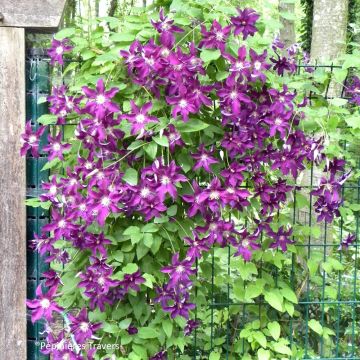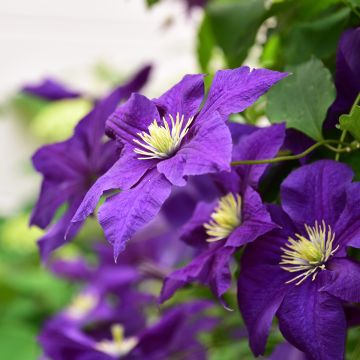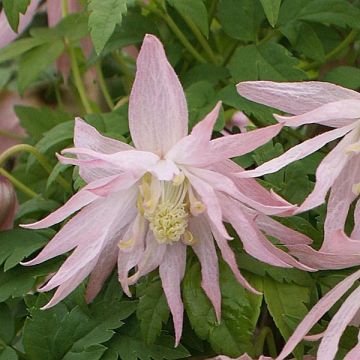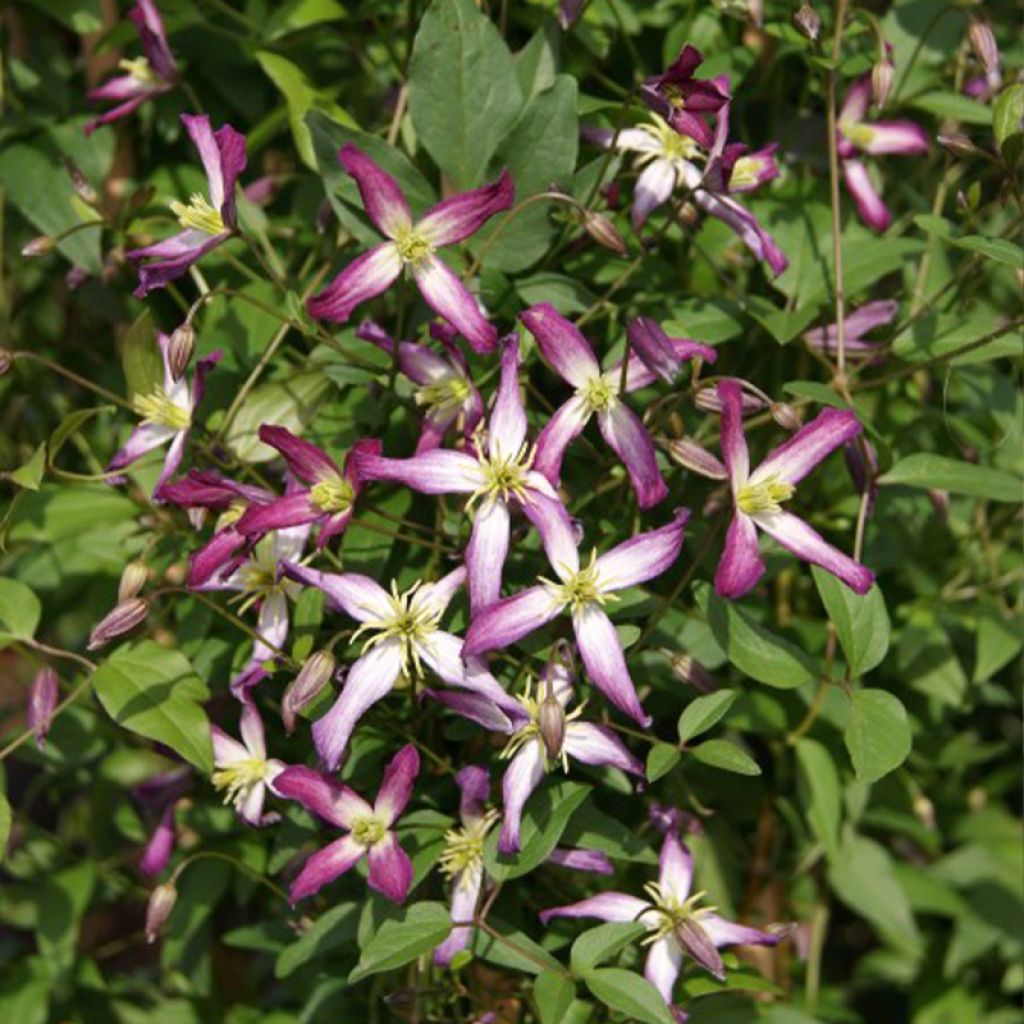

Clematis flammula rubromarginata
Clematis flammula rubromarginata
Clematis flammula rubromarginata
Clematis 'Rubromarginata'
Perfect. This clematis has grown well and bloomed beautifully in its first year of planting. It's producing buds again this year!
Boris, 28/02/2024
Special offer!
Receive a €20 voucher for any order over €90 (excluding delivery costs, credit notes, and plastic-free options)!
1- Add your favorite plants to your cart.
2- Once you have reached €90, confirm your order (you can even choose the delivery date!).
3- As soon as your order is shipped, you will receive an email containing your voucher code, valid for 3 months (90 days).
Your voucher is unique and can only be used once, for any order with a minimum value of €20, excluding delivery costs.
Can be combined with other current offers, non-divisible and non-refundable.
Home or relay delivery (depending on size and destination)
Schedule delivery date,
and select date in basket
This plant carries a 6 months recovery warranty
More information
We guarantee the quality of our plants for a full growing cycle, and will replace at our expense any plant that fails to recover under normal climatic and planting conditions.
Does this plant fit my garden?
Set up your Plantfit profile →
Description
Clematis flammula var. rubromarginata is a climbing clematis that is as delightful as it is easy to grow. It forms a bushy mass dotted with white stars tipped with magenta-purple that fill the air with fragrance, especially in the late afternoon. It blooms for several weeks in summer. It is a vigorous and undemanding plant. Let it climb on low bushes, plant it in an informal or evergreen hedge, or grow it along a fence. Place it close to a pathway to enjoy its scent. It thrives in full sun to partial shade, in well-drained garden soil, even if it's chalky and dry in summer.
The genus Clematis belongs to the Ranunculaceae family. Clematis flammula var. rubromarginata is an excellent horticultural achievement. C. triternata, on the other hand, is a hybrid obtained by crossing C. flammula and C. viticella, two hardy southern species adapted to dry summers. This variety is a climbing plant with long woody stems. It is classified in the group of clematis that flower from July until early autumn on the current year's growth. It can easily reach 4m (13ft) in height in rich and moist soil. By pruning it in spring, it will become more branched and will be contained within more modest dimensions (2.5m (8ft) in height). Flowering takes place from June to September. It consists of panicles of small flowers with 4 white petals, the tips of which are tinged with purple, surrounding a cluster of pale-yellow stamens, measuring 2.5 to 3.5cm (1in) in diameter. They are fragrant and honey-rich. The fragrance of the flowers is of vanilla and bitter almond, and is more pronounced in the late afternoon and in warm weather. The flowers are followed by silky, silvery plumed fruits, which remain decorative for several weeks. The deciduous foliage consists of leaves 5cm (2in) long, divided into small dark green leaflets that are thick and glossy. They are borne by voluble stems that twine around their support thanks to the leaf petiole transformed into a tendril.
Clematis flammula var. rubromarginata excels in covering garden sheds, shrubs, or unsightly fences. It will work wonders when planted at the top of a retaining wall, from where it will cascade down. Planted near a patio, a doorway, or a pathway, it will delight passers-by with each visit. Its bicoloured flowering will blend well with the purplish foliage of the dyer's vine and will accompany other climbing clematis of the viticella group, which are so easy to grow. It will brighten up shrubs with purple foliage (Black Lace elderberry) or evergreens such as cypresses, yews, and laurel, for example. This clematis tolerates dry and chalky soil. Plant your clematis on either side of the support you want to cover.
Avoid excessive use of fertilisation, as it stimulates foliage growth at the expense of flowers. Do not mulch in order to prevent excessive moisture.
Clematis flammula rubromarginata in pictures
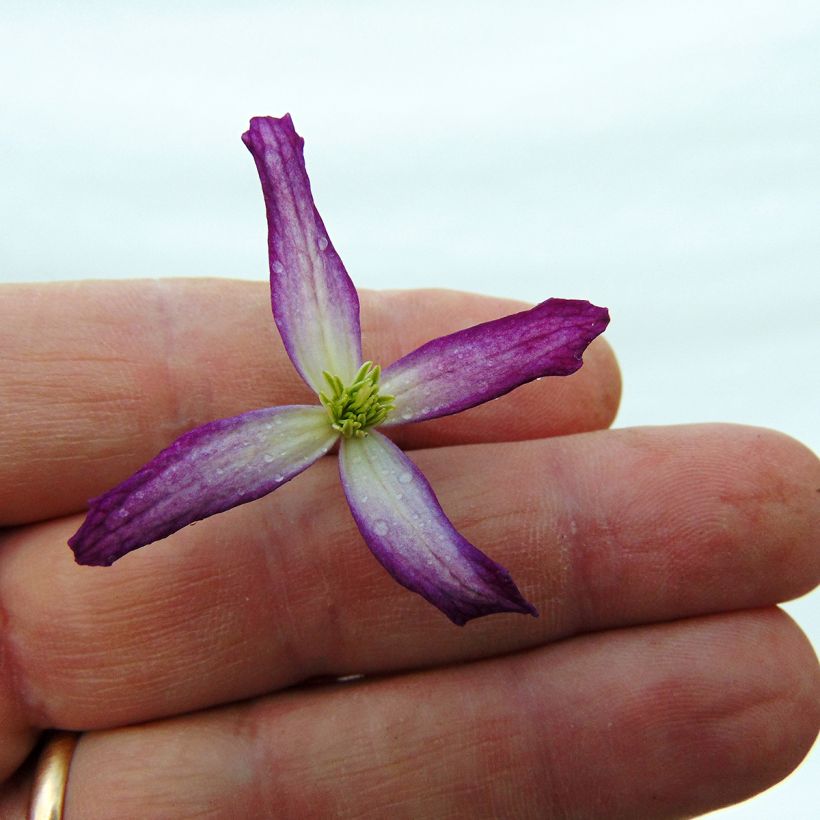

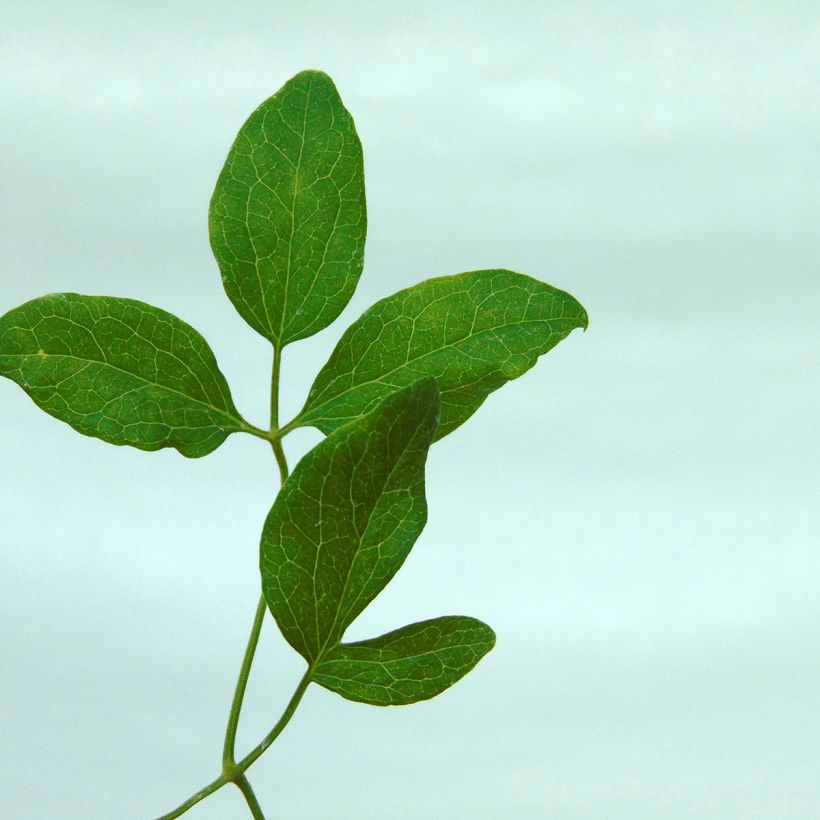

Plant habit
Flowering
Foliage
Botanical data
Clematis
flammula
rubromarginata
Ranunculaceae
Clematis 'Rubromarginata'
Cultivar or hybrid
Other Clematis Flammula
View all →Planting and care
It tolerates hot climates and dry summers, which is not the case for clematis from the Patens group, for example. It can be planted in non-burning sun or partial shade. Plant it in fertile, well-drained soil, shading the roots and the base of the stem (with a flat tile, for example). It is hardy to -15°C (5°F), but its tolerance to cold will be better if the soil is slightly dry in winter. Once well established, it withstands drought well and does not require watering in summer.
Work the soil to a depth of 20cm (8in), and lighten it with good compost and coarse sand. Position the plant and cover the root ball with 3cm (1in) of soil. After planting, cut back the stems to about 30cm (12in) above a pair of buds. Water generously and regularly during the first few weeks. Do not overwater as this can lead to the development of a fungus at the collar.
Mulch all clematis in February with garden compost or well-rotted manure, avoiding direct contact with the stems.
Train the stems, without squeezing them, until the plant clings to itself. Clematis also enjoy growing freely on neighbouring plants.
After a few years, cover the base of your climbing clematis with a small mound of soil to reduce the risk of wilting while promoting the growth of vigorous shoots from the stump.
Voles and grey worms can attack clematis and devour the stems. Aphids and greenhouse whiteflies are also potential parasites.
Planting period
Intended location
Care
Planting & care advice
-
, onOrder confirmed
Reply from on Promesse de fleurs
Similar products
Haven't found what you were looking for?
Hardiness is the lowest winter temperature a plant can endure without suffering serious damage or even dying. However, hardiness is affected by location (a sheltered area, such as a patio), protection (winter cover) and soil type (hardiness is improved by well-drained soil).

Photo Sharing Terms & Conditions
In order to encourage gardeners to interact and share their experiences, Promesse de fleurs offers various media enabling content to be uploaded onto its Site - in particular via the ‘Photo sharing’ module.
The User agrees to refrain from:
- Posting any content that is illegal, prejudicial, insulting, racist, inciteful to hatred, revisionist, contrary to public decency, that infringes on privacy or on the privacy rights of third parties, in particular the publicity rights of persons and goods, intellectual property rights, or the right to privacy.
- Submitting content on behalf of a third party;
- Impersonate the identity of a third party and/or publish any personal information about a third party;
In general, the User undertakes to refrain from any unethical behaviour.
All Content (in particular text, comments, files, images, photos, videos, creative works, etc.), which may be subject to property or intellectual property rights, image or other private rights, shall remain the property of the User, subject to the limited rights granted by the terms of the licence granted by Promesse de fleurs as stated below. Users are at liberty to publish or not to publish such Content on the Site, notably via the ‘Photo Sharing’ facility, and accept that this Content shall be made public and freely accessible, notably on the Internet.
Users further acknowledge, undertake to have ,and guarantee that they hold all necessary rights and permissions to publish such material on the Site, in particular with regard to the legislation in force pertaining to any privacy, property, intellectual property, image, or contractual rights, or rights of any other nature. By publishing such Content on the Site, Users acknowledge accepting full liability as publishers of the Content within the meaning of the law, and grant Promesse de fleurs, free of charge, an inclusive, worldwide licence for the said Content for the entire duration of its publication, including all reproduction, representation, up/downloading, displaying, performing, transmission, and storage rights.
Users also grant permission for their name to be linked to the Content and accept that this link may not always be made available.
By engaging in posting material, Users consent to their Content becoming automatically accessible on the Internet, in particular on other sites and/or blogs and/or web pages of the Promesse de fleurs site, including in particular social pages and the Promesse de fleurs catalogue.
Users may secure the removal of entrusted content free of charge by issuing a simple request via our contact form.
The flowering period indicated on our website applies to countries and regions located in USDA zone 8 (France, the United Kingdom, Ireland, the Netherlands, etc.)
It will vary according to where you live:
- In zones 9 to 10 (Italy, Spain, Greece, etc.), flowering will occur about 2 to 4 weeks earlier.
- In zones 6 to 7 (Germany, Poland, Slovenia, and lower mountainous regions), flowering will be delayed by 2 to 3 weeks.
- In zone 5 (Central Europe, Scandinavia), blooming will be delayed by 3 to 5 weeks.
In temperate climates, pruning of spring-flowering shrubs (forsythia, spireas, etc.) should be done just after flowering.
Pruning of summer-flowering shrubs (Indian Lilac, Perovskia, etc.) can be done in winter or spring.
In cold regions as well as with frost-sensitive plants, avoid pruning too early when severe frosts may still occur.
The planting period indicated on our website applies to countries and regions located in USDA zone 8 (France, United Kingdom, Ireland, Netherlands).
It will vary according to where you live:
- In Mediterranean zones (Marseille, Madrid, Milan, etc.), autumn and winter are the best planting periods.
- In continental zones (Strasbourg, Munich, Vienna, etc.), delay planting by 2 to 3 weeks in spring and bring it forward by 2 to 4 weeks in autumn.
- In mountainous regions (the Alps, Pyrenees, Carpathians, etc.), it is best to plant in late spring (May-June) or late summer (August-September).
The harvesting period indicated on our website applies to countries and regions in USDA zone 8 (France, England, Ireland, the Netherlands).
In colder areas (Scandinavia, Poland, Austria...) fruit and vegetable harvests are likely to be delayed by 3-4 weeks.
In warmer areas (Italy, Spain, Greece, etc.), harvesting will probably take place earlier, depending on weather conditions.
The sowing periods indicated on our website apply to countries and regions within USDA Zone 8 (France, UK, Ireland, Netherlands).
In colder areas (Scandinavia, Poland, Austria...), delay any outdoor sowing by 3-4 weeks, or sow under glass.
In warmer climes (Italy, Spain, Greece, etc.), bring outdoor sowing forward by a few weeks.






























